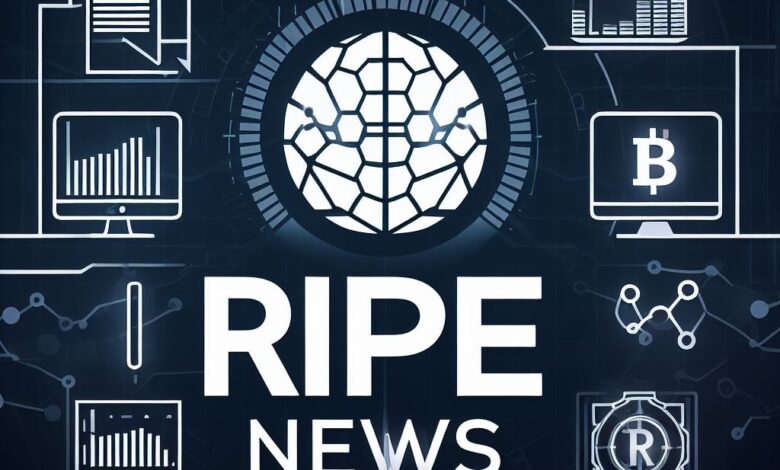OpenAI’s Power Struggle when Nonprofit Goals Clash with For Profit Dynamics

The recent upheaval at OpenAI, marked by the abrupt firing of CEO Sam Altman and ensuing power struggles, has brought to light the complex and often contentious relationship between nonprofit organizations and their wealthy for-profit backers. OpenAI, known for its mission to develop artificial intelligence (AI) for the benefit of humanity, faces challenges arising from its unique structure, where a nonprofit board oversees a for-profit arm supported by major investors, including Microsoft.
Unusual Corporate Structure and Power Dynamics:
Founded in 2015, OpenAI was established as a nonprofit with a mission to advance the safe development and use of AI without the pressure of generating financial returns. In 2019, facing the high costs of AI research, OpenAI created a for-profit subsidiary led by Sam Altman, which subsequently secured a substantial $13 billion investment from Microsoft and venture capital firms.
This for-profit arm’s funding model, while providing financial support, has also introduced a power dynamic wherein the investors, particularly Microsoft, hold substantial influence despite having limited governance rights. The tension between the nonprofit board and powerful investors highlights the challenges of aligning philanthropic goals with profit-driven interests.
Struggles for Control and Influence:
The recent events at OpenAI, culminating in Altman’s removal and subsequent attempts to reverse the decision, underscore the complexities of managing an organization with divergent goals. The power struggle reveals a broader trend in philanthropy, where wealthy donors exert influence and deploy fortunes through nonprofit channels, often raising questions about power imbalances.
The phrase “but they have the money” encapsulates the prevailing power dynamics in the modern era of billionaire philanthropy. While nonprofit boards may have governance rights, the influence of well-endowed donors, especially in moments of conflict, becomes evident. The struggle at OpenAI serves as a case study in negotiating the interplay between philanthropic objectives and the financial leverage wielded by major investors.
Broader Implications for For-Profit/Nonprofit Relationships:
The OpenAI episode prompts reflection on the inherent tensions in for-profit/nonprofit relationships, particularly when the two entities pursue mismatched goals. While some organizations, like Patagonia and Novo Nordisk, have successfully integrated for-profit subsidiaries to fund nonprofit operations, OpenAI’s model diverges in fundamental ways.
The aftermath of the power struggle at OpenAI remains uncertain, but the ongoing drama highlights the challenges faced by nonprofits navigating the influence of powerful for-profit backers. As the tech industry and philanthropy intersect, the need for transparency, alignment of interests, and effective governance structures becomes increasingly evident to prevent conflicts that could compromise the mission of organizations striving to balance purpose and profit.

